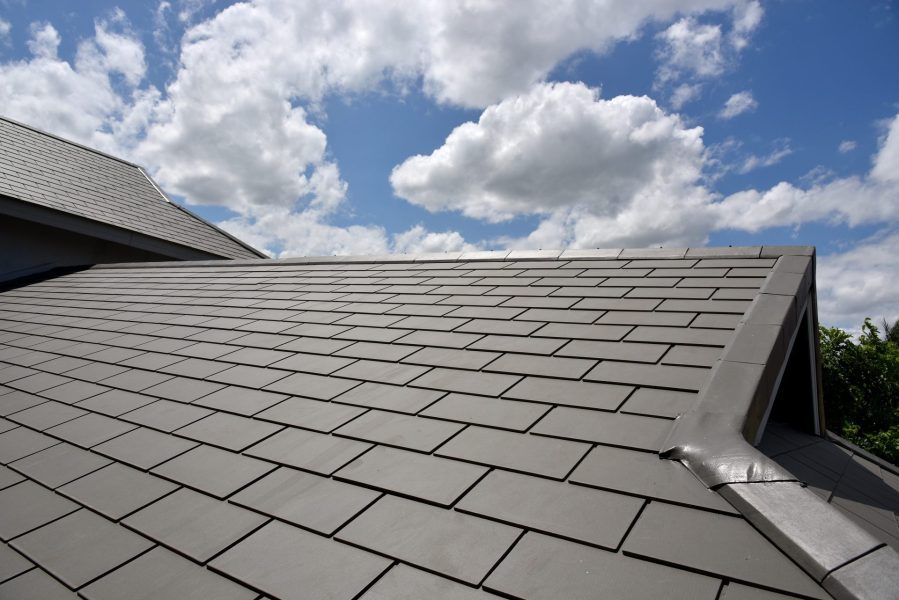Get in touch
If you are experiencing any issues, please see our troubleshooting section below. If that doesn’t help, please send us a message using our form.
Troubleshooting
If you are experiencing an issue with your Clydebuilt Home Improvements products,
please read our tips below as they may be able to help you before getting in touch.
Condensation on glazing can occur in three ways:
- On the outside of the glazing: Facing the elements of the environment.
- On the inside of the glazing: Facing inside your home.
- In-between the panes of glass.
Thankfully, condensation is not always bad news, and only the last is a product fault. If it’s on the outside of the house, this is good and demonstrates quality glazing. If the condensation is inside the house, this could be caused by a lack of ventilation and lower quality glazing.
For health reasons (caused by dampness and potential mould growth), we would recommend changing your glazing but is a lot you could be doing to reduce the issue first. The last demonstrates that your glazing unit has failed and is letting in water and should be changed before you get watermarks and reduced visibility.
If you do not open your windows regularly over time, they can become stiff to use and, therefore, will need some essential maintenance to keep them running smoothly. The most common cause of a stiff window is a build-up of dirt and dust, which over time can greatly reduce the free running of the moving parts in the stay and hinge, making the windows very difficult to operate.
- Firstly check that there are no obvious large bits of dirt and grit or any other objects stuck in the moving parts of the window mechanism first. Then we recommend that you oil your window hinge and stays using a standard light lubricant oil or multi-purpose oil. Apply the oil to all the moving hinges of the windows to free them up.
- Secondly, if the problem does persist, there maybe an issue with some of the screws. If screws are working loose and this is causing friction on the stay where they are protruding and rubbing on the component. In this instance, we recommend tightening the screws – be careful not to overtighten.
Draughts around a window are caused by four main issues:
- Air movement is caused by a natural air movement (convection), damage to seals, items caught in the seals and trickle vents. It is also important to mention that air movement in a property should be promoted to avoid issues with dampness & mould whilst creating a comfortable space.
- Convection is the normal movement of air around a window & is caused when cold or warm air moves through a property. Windows can cause this, especially if they have a radiator underneath as the warm air rises and sucks in colder air to fill the space. This can be most pronounced on windows on stairwells, for example, where there is a large amount of air movement between upstairs & downstairs.
- The seals are the black rubber parts that go round the windows and keep a weather-tight seal, but they can perish and degrade over time. All the seals on Clydebuilt windows are made from Neoprene, which offers unrivalled performance and keeps its shape and does not degrade. We would advise you to check the seals are in place and have not moved; if not, simply push the seal back into its housing.
- Trickle Vents may be installed in your windows. A trickle vent is designed to promote air circulation, and it does not provide an airtight seal. Trickle vents are also recommended as part of building regulations in Scotland to promote good ventilation in a building as they do enable small amounts of air circulation. Air circulation will help with issues such as damp, but as we explained above, convection will increase the speed of air circulation in extreme hot or cold periods.
With continued or heavy use, window handles can become a little loose. But the screws are very easy to tighten with a standard cross-head screwdriver.
2 screws hold the handle in place, one at the top & 1 at the bottom of the handle. These screws are usually covered with plastic caps, and the caps need to be removed to tighten the screws. You may have to put the handle upwards to be able to reach the bottom screw. Replace all the caps after tightening.
Simple 5 step process:
- Remove the screw head cap from the top screw
- Tighten the top screw
- Lift up the handle & remove the bottom screw head cap
- Tighten the bottom screw
- Replace all the caps
How Can We Help?
If you are experiencing an issue with your Clydebuilt products, please read our tips below as they may be able to help you before getting in touch
Design consultations can be booked for all our window, door, boiler & roofline products. Our design consultations are available in accordance with COVID-19 social distancing guidelines. Alternatively, if you wish, the initial conversation can be carried out remotely with a home visit planned at a later date.
To book a consultation, call us on:
0141 291 5025
Or simply fill out an enquiry form here, and a member of our team will contact you shortly.
Cancelling your appointment
We are sorry to hear you wish to cancel your design quotation appointment. Please email info@clydebuilthomeimprovements.co.uk and we will ensure the appointment is cancelled for you and the consultant is advised.
 " alt="Contact Us">
" alt="Contact Us">